Introduction
Thurgood Marshall stands as a towering figure in American history, celebrated for his relentless pursuit of justice and his pivotal role in the civil rights movement. His work and legacy are particularly relevant to the story of the Moore family and the broader themes of “The Price for Freedom.” This page explores how Marshall’s contributions and influence intersect with the narrative of our film.
Thurgood Marshall and the Moore Family
Legal Strategy and Inspiration
Thurgood Marshall’s work with the NAACP Legal Defense Fund provided a blueprint for civil rights activism across the United States, including Florida, where the Moore family resided. Harry T. Moore, as a passionate advocate for civil rights and education, was greatly influenced by Marshall’s legal victories and strategic approach to dismantling segregation.
Marshall’s landmark case, Brown v. Board of Education, which declared state laws establishing separate public schools for black and white students to be unconstitutional, resonated deeply with Harry Moore’s efforts to achieve educational equality for African Americans in Florida. Moore’s dedication to fighting for equal pay for black teachers and improving the quality of education was inspired by the broader legal and moral framework that Marshall helped establish.
Support and Collaboration
Throughout the 1940s and early 1950s, Thurgood Marshall and Harry T. Moore worked in parallel, often collaborating on legal strategies to combat racial injustices. Marshall’s legal expertise and Moore’s grassroots organizing complemented each other, strengthening the overall civil rights movement in the South. Their correspondence and mutual support are depicted in key scenes of the film, highlighting the interconnectedness of their efforts.
Impact on Voter Registration
Marshall’s relentless fight against voter suppression and his victories in challenging discriminatory practices provided a legal foundation for Harry Moore’s voter registration drives in Florida. The film portrays Moore’s tireless work to register African American voters, showing how Marshall’s successes in the courtroom empowered activists on the ground to push for change. This connection underscores the importance of legal victories in fueling grassroots activism.
Supreme Court Influence
In 1967, when Thurgood Marshall was appointed as the first African American Supreme Court Justice by President Lyndon B. Johnson, his presence on the bench symbolized a monumental shift in the fight for civil rights. Although this event occurred after the tragic deaths of Harry and Harriette Moore, Marshall’s ascent to the Supreme Court served as a beacon of hope and a validation of their sacrifices. The film incorporates scenes reflecting on Marshall’s impact, illustrating how his achievements inspired future generations of civil rights activists.
Legacy and Reflection
Thurgood Marshall’s legacy extends far beyond his legal victories and judicial tenure. His work laid the groundwork for subsequent civil rights advancements and continues to inspire those who fight for justice today. “The Price for Freedom” pays homage to Marshall’s influence by showcasing his interactions with the Moore family and depicting the broader civil rights movement’s progress.
Conclusion
Thurgood Marshall’s life and career are integral to the narrative of “The Price for Freedom.” His legal victories, strategic brilliance, and unwavering commitment to justice not only shaped the civil rights landscape but also directly influenced the activism of Harry and Harriette Moore. By highlighting these connections, the film aims to honor Marshall’s enduring legacy and the profound impact he had on the fight for equality and justice.
Note for the Crew:
Understanding Thurgood Marshall’s role and influence is crucial for accurately portraying the historical context and the interconnectedness of the civil rights movement in “The Price for Freedom.” His legacy is a testament to the power of legal advocacy and the enduring fight for justice, themes that are central to the film’s narrative.
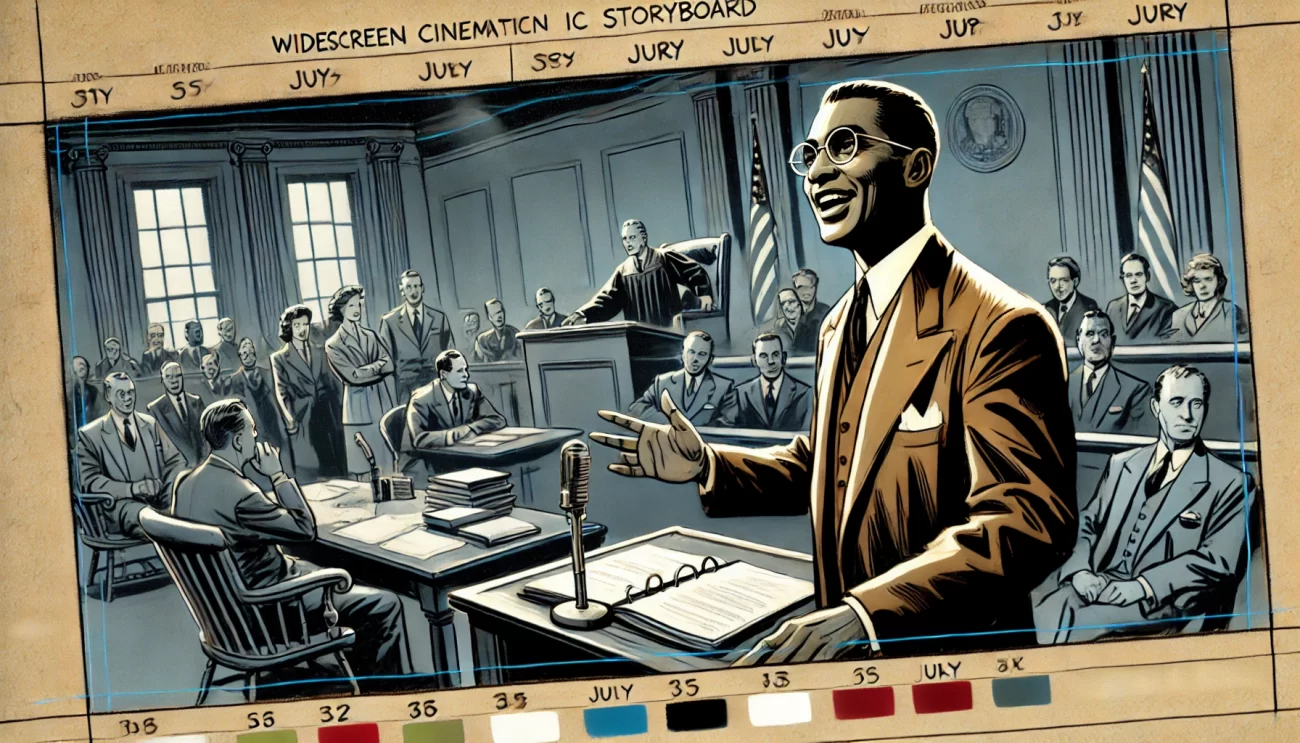
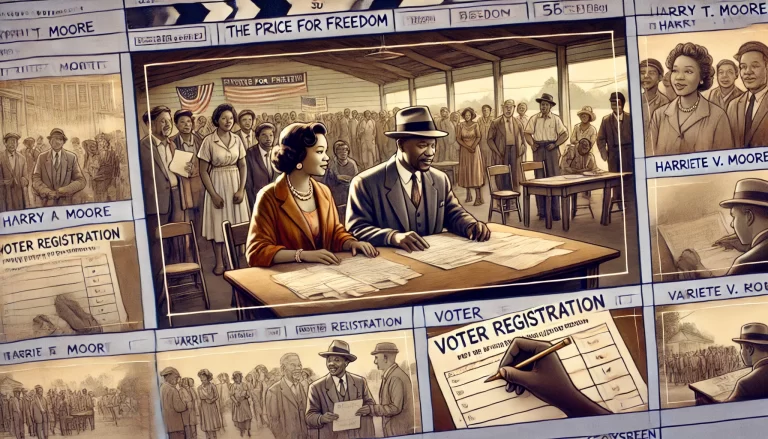
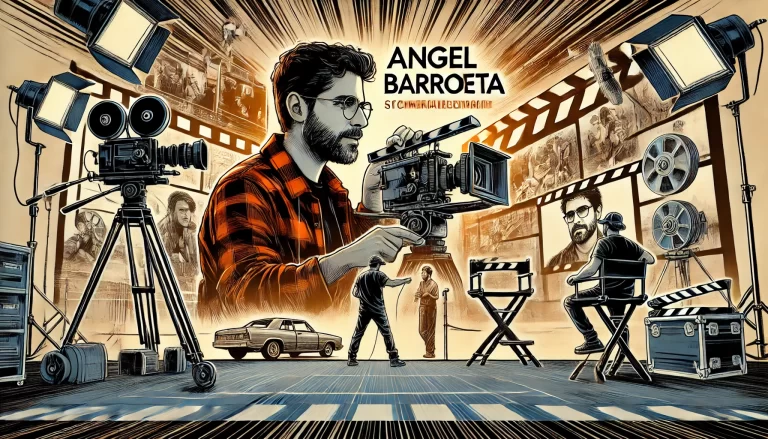
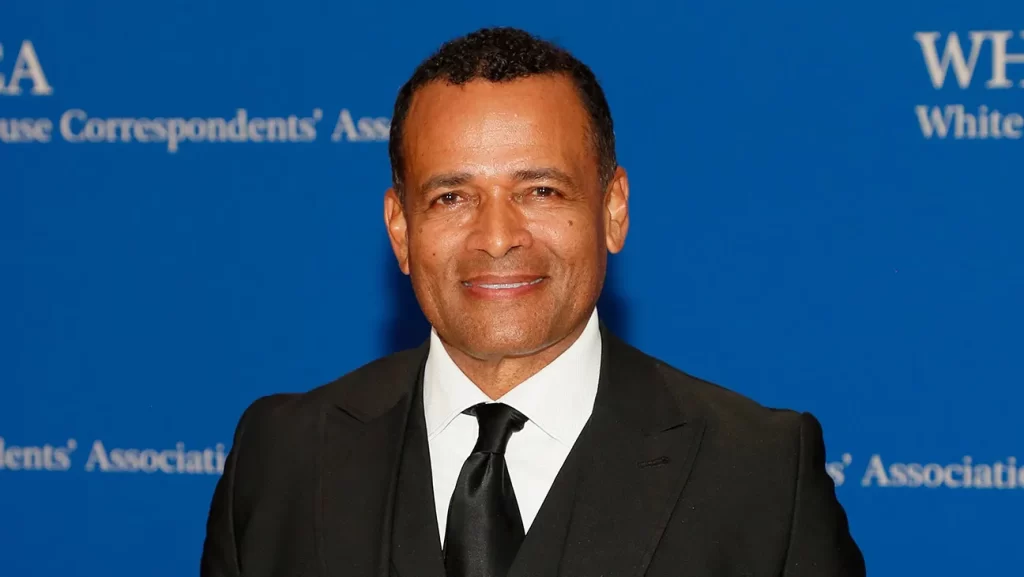
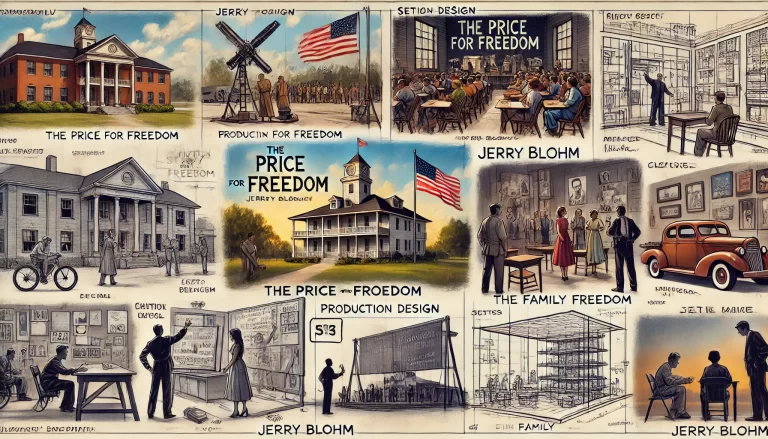
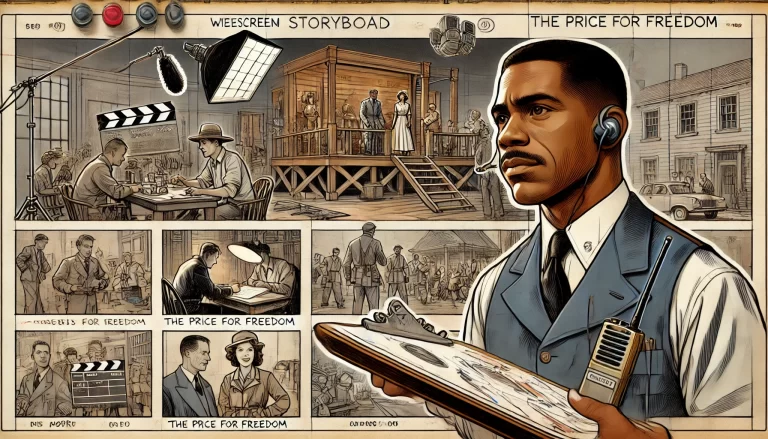
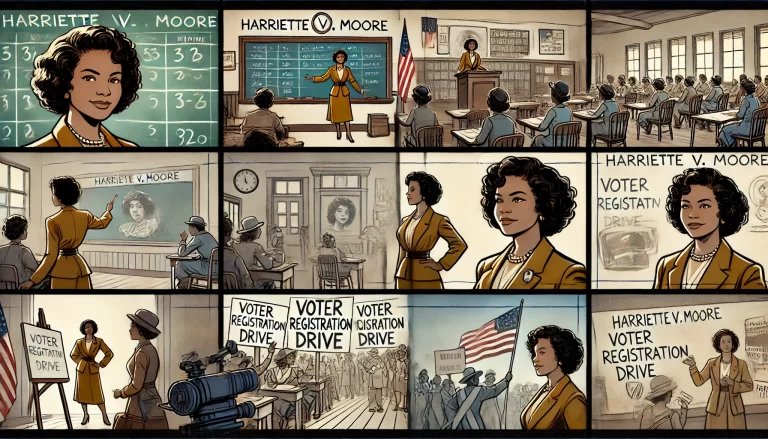
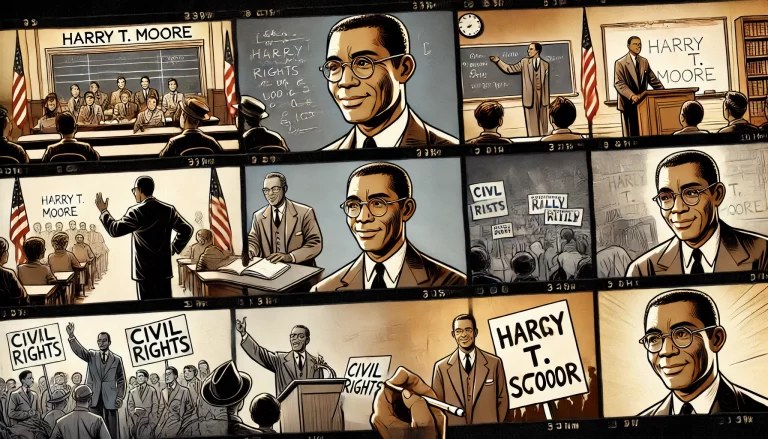
Leave a Comment